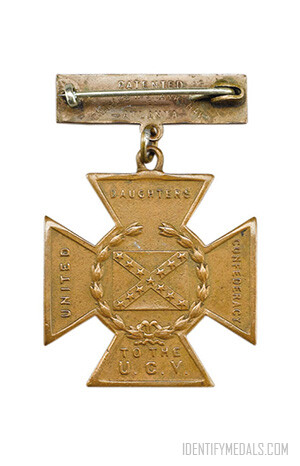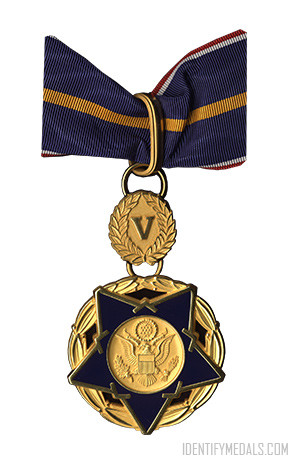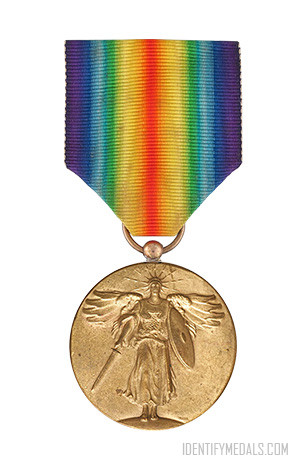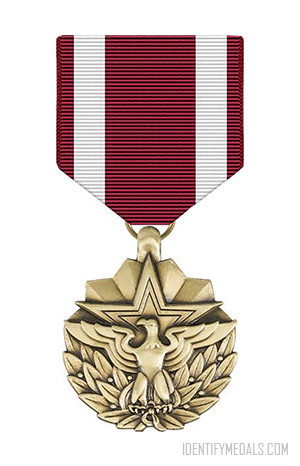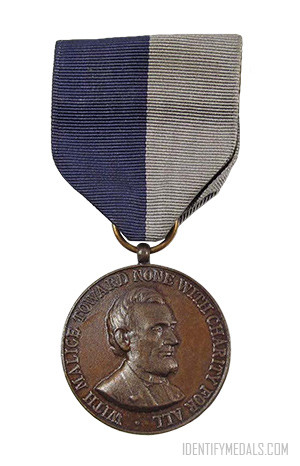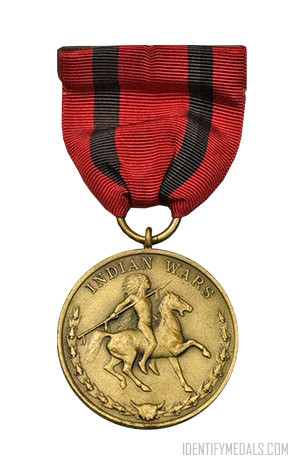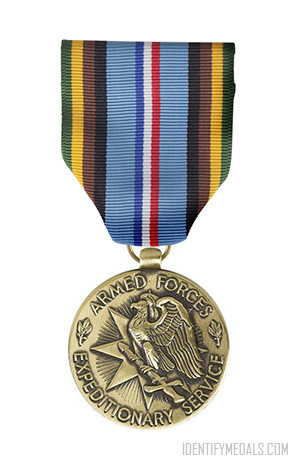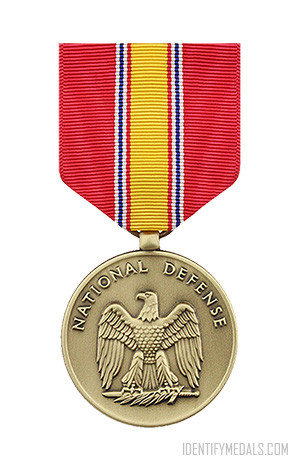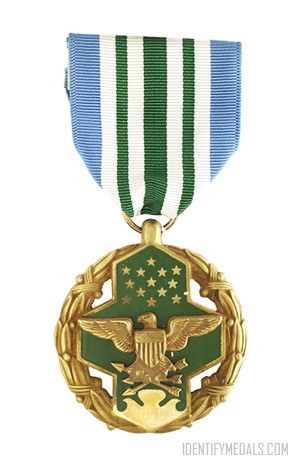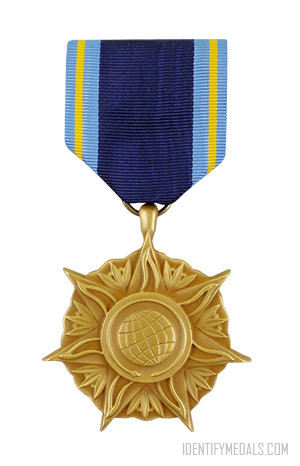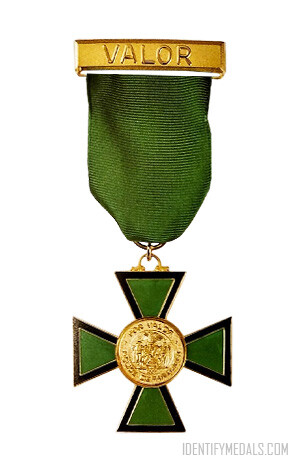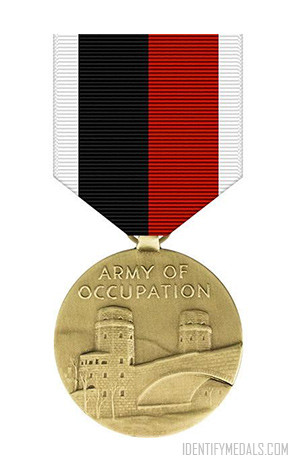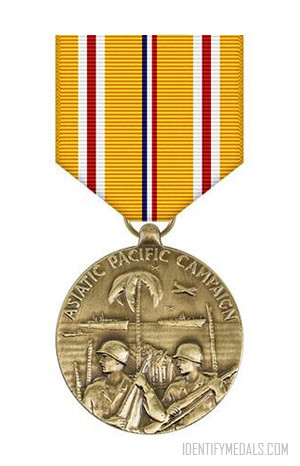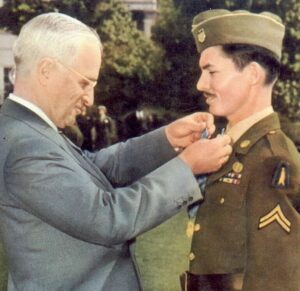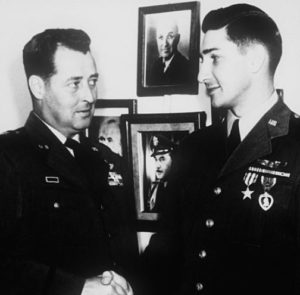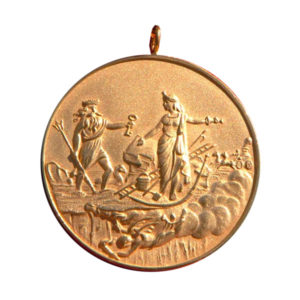- Time Period: Pre-WW1 (Civil War)
- Established: 1899
- Country: United States
The Southern Cross of Honor was a commemorative medal created in 1899 by the United Daughters of the Confederacy to recognize the service of Confederate veterans.
The idea for the Cross of Honor was conceived by Mary Ann Erwin in 1898 and designed by her and Sarah E. Gabbett. The first medal was issued on April 26, 1900, to Captain Alexander S. Erwin. Initially produced by Charles W. Crankshaw of Atlanta, Georgia, and later by Schwaab Stamp & Seal Co. and Whitehead & Hoag, the medal’s issuance was managed by Anna Davenport Raines until her death in 1913. The program, which began with the intention to end in 1913, continued until 1959, with at least 78,761 medals awarded.
Eligibility and Allocation
The Cross of Honor could only be awarded through the United Daughters of the Confederacy and was not available for purchase.
It was given to living Confederate veterans in recognition of their honorable service in any branch of the Confederate military.
The final medal was awarded posthumously in 1951 to Rear Adm. Raphael Semmes. Wearing the medal without entitlement is a Class 3 misdemeanor in Virginia, punishable by a fine of up to $500. The Cross of Honor, akin to the Union’s GAR Medal, was never authorized for wear on U.S. military uniforms.
The Southern Cross of Honor Design
The medal is a cross pattée, suspended from a metal bar designed for engraving, and lacks a cloth ribbon.
The obverse side features the Confederate battle flag at the center, encircled by a wreath. The arms of the cross bear the inscription “UNITED DAUGHTERS OF THE CONFEDERACY TO THE U. C. V.“
The reverse displays the Confederate States’ motto “DEO VINDICE” (With God as our Vindicator) and the dates “1861 1865,” surrounded by a laurel wreath. The arms on this side are inscribed with “SOUTHERN CROSS OF HONOR.”

